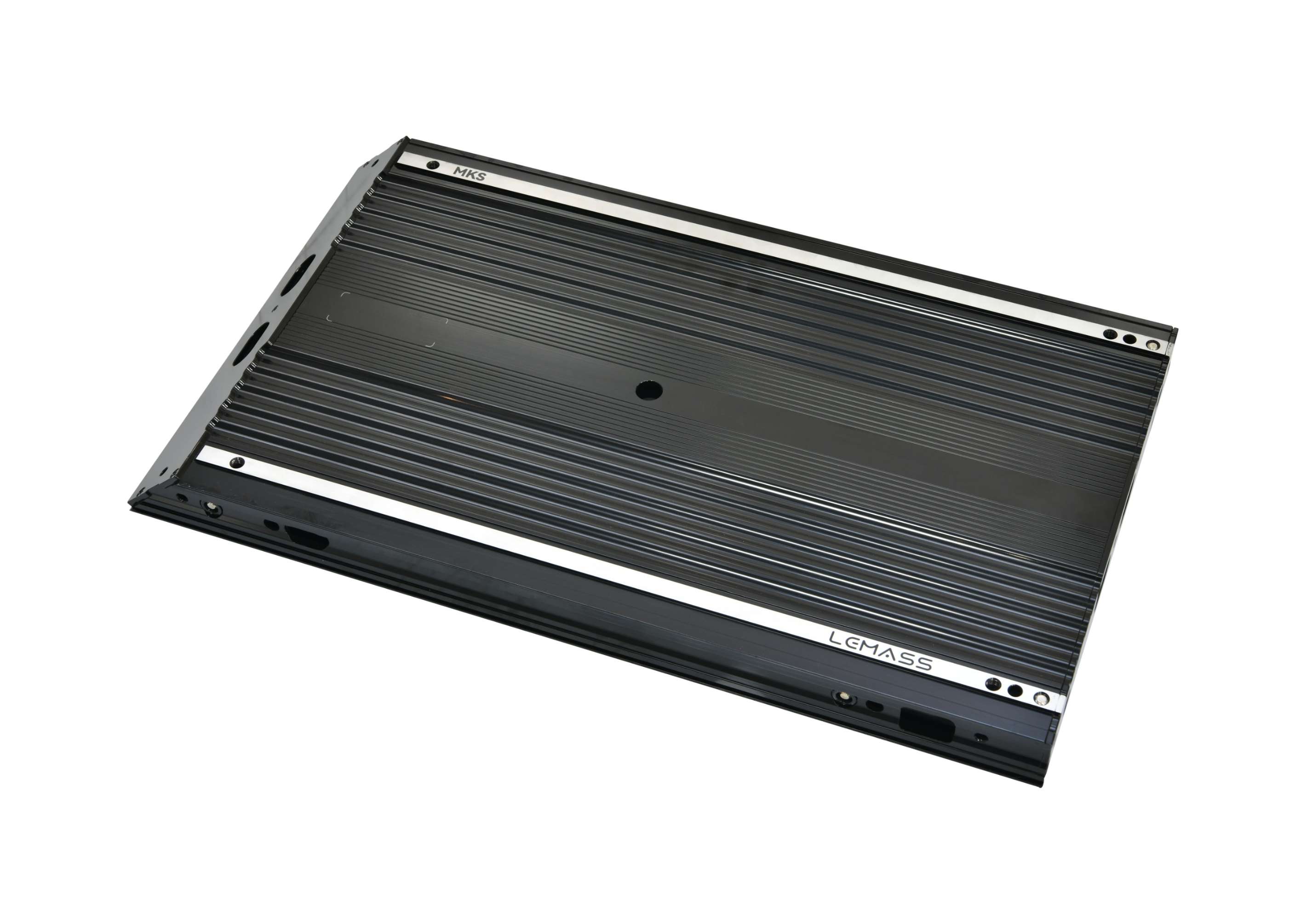2025-09-10 09:33:39
Precision CNC Machining Parts are high-accuracy components manufactured using computer-controlled machining processes. They are essential in industries like aerospace, automotive, medical devices, and electronics.
CNC (Computer Numerical Control) machines follow programmed CAD/CAM instructions to cut, drill, turn, or mill raw materials into precise shapes. The automated process ensures consistency, repeatability, and efficiency compared to manual machining.
Precision CNC machining supports several processes:
Milling – complex 3D shapes, slots, and contours.
Turning – cylindrical parts like shafts or pins.
Drilling – precise holes with tight tolerance.
Grinding – ultra-smooth finishes.
EDM – machining hard or intricate components.
A CNC machining system consists of:
Raw Materials – metal or plastic stock.
Cutting Tools – end mills, drills, inserts.
Fixtures – clamps to secure workpieces.
Machine Elements – spindle, axes, controller.
Software – CAD/CAM for programming.
These include shafts, gears, housings, brackets, medical implants, electronic enclosures, and aerospace engine components.
Important specifications include tolerance (±0.005–0.01 mm), surface roughness (Ra 0.4–1.6 µm), stability under load and temperature, and scalability from prototypes to mass production.
CNC machining is versatile, handling:
Metals – aluminum, stainless steel, titanium, copper, brass.
Plastics – POM, ABS, nylon, PTFE, PEEK.
Others – composites and ceramics with advanced methods.
Precision parts are widely used in aerospace, automotive, defense, industrial machinery, electronics, and medical devices.
High accuracy and repeatability
Complex geometry capability
Wide material compatibility
Excellent surface finish
Flexible for small or large batches
High initial equipment and setup costs
Longer programming time for complex parts
More material waste than additive manufacturing
Less cost-efficient for very high-volume simple parts
Despite higher per-part costs compared to casting or stamping, CNC machining is cost-effective for prototypes, small batches, and complex geometries. It reduces tooling costs and accelerates product development.
Production time varies: prototypes may take 1–3 days, small batches 3–7 days, and mass production 2–6 weeks depending on complexity and volume.
Effective CNC machining requires careful planning of material selection, tolerances, machining strategy, tool paths, production volume, and post-processing like anodizing or coating.